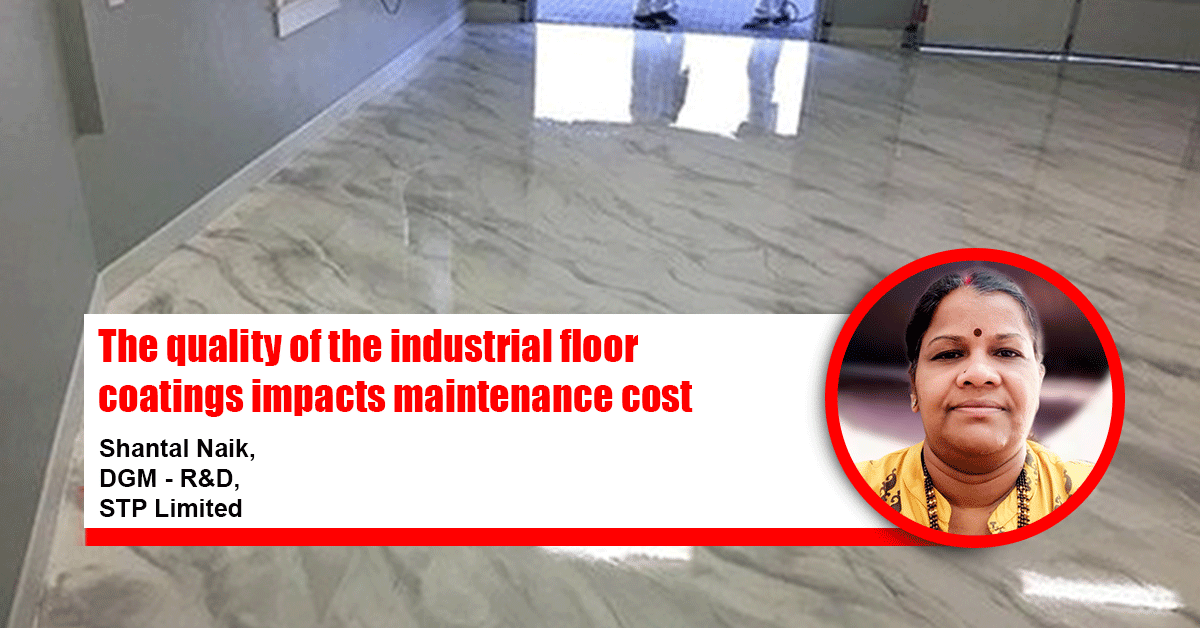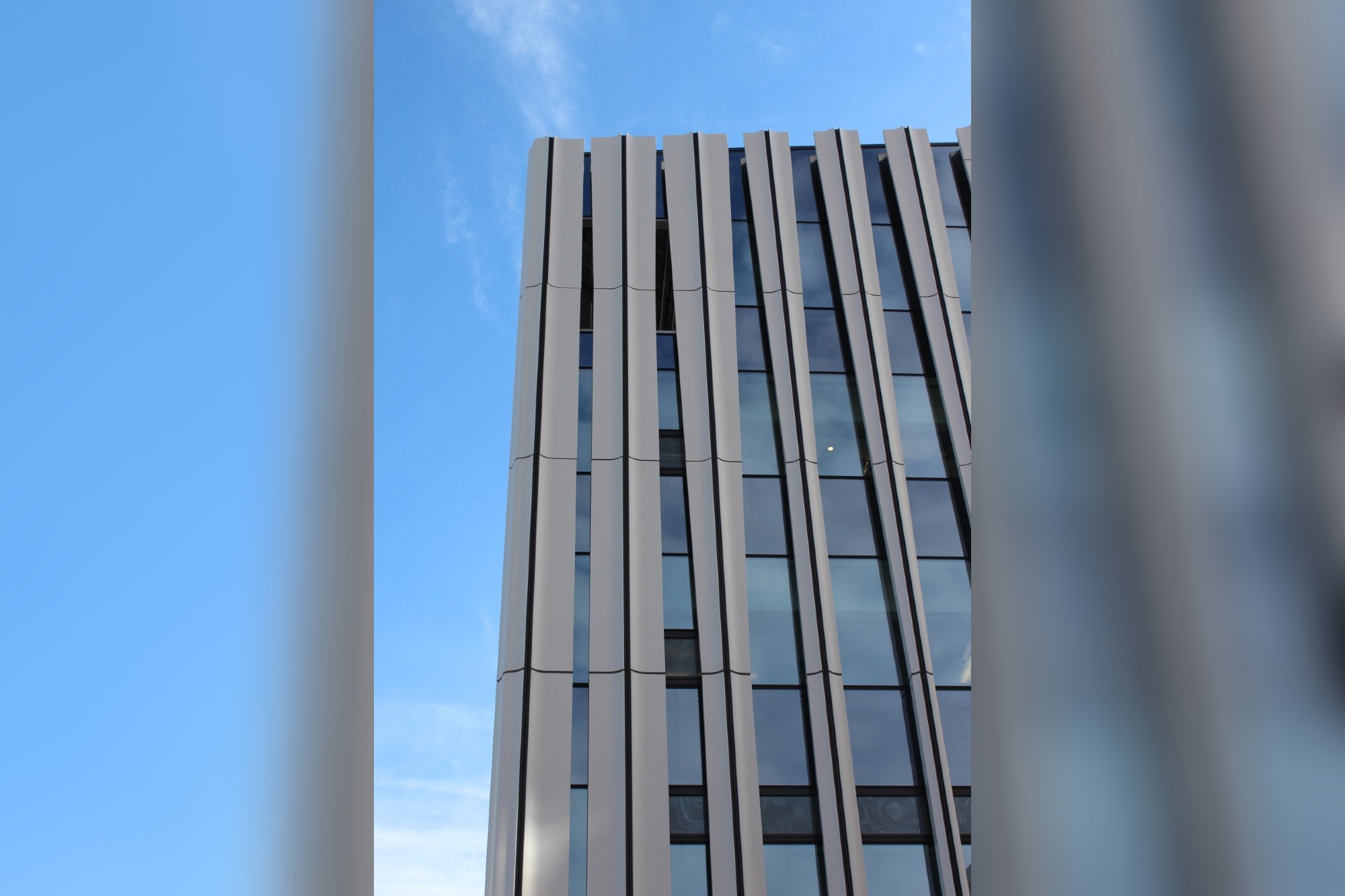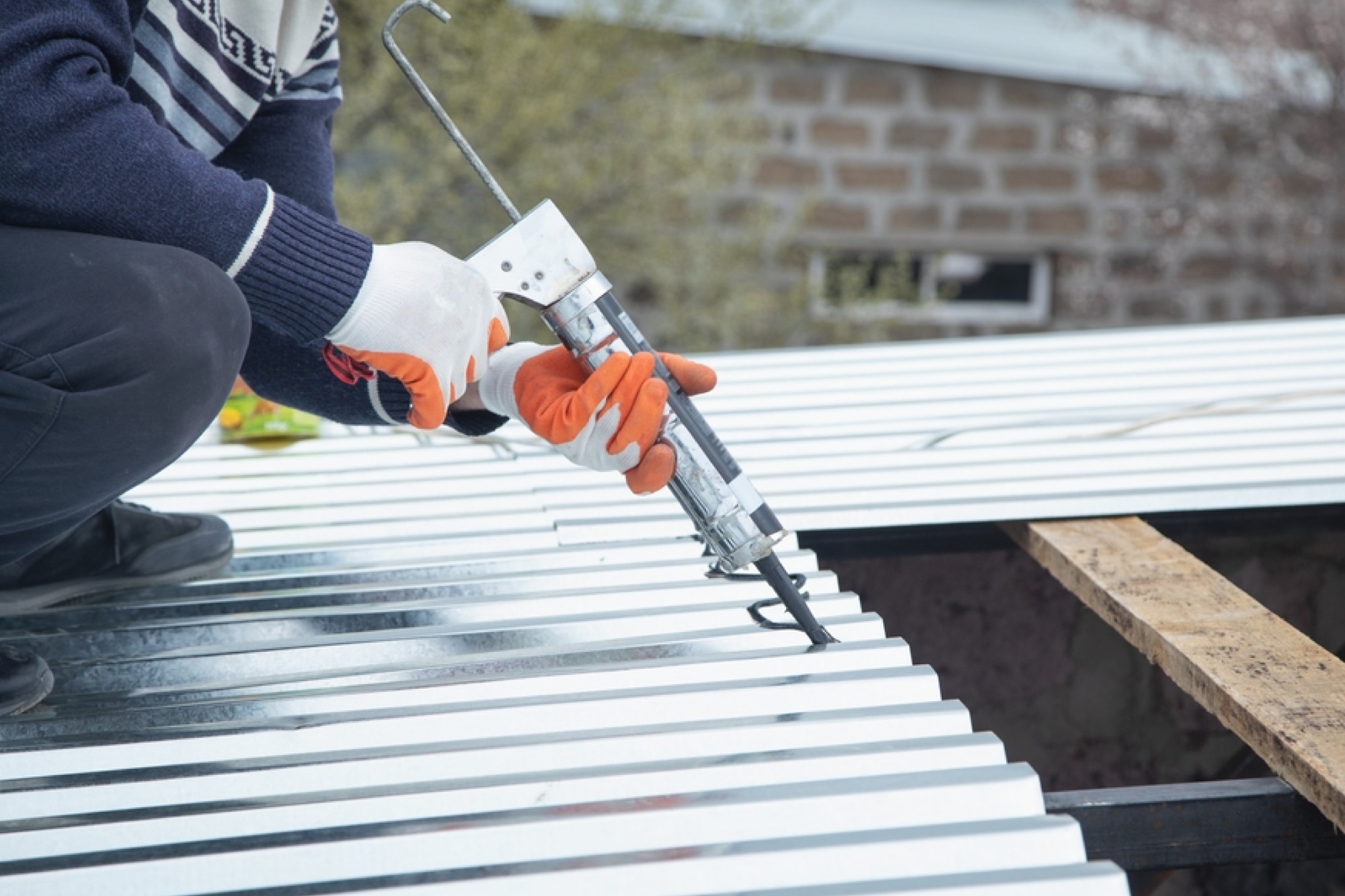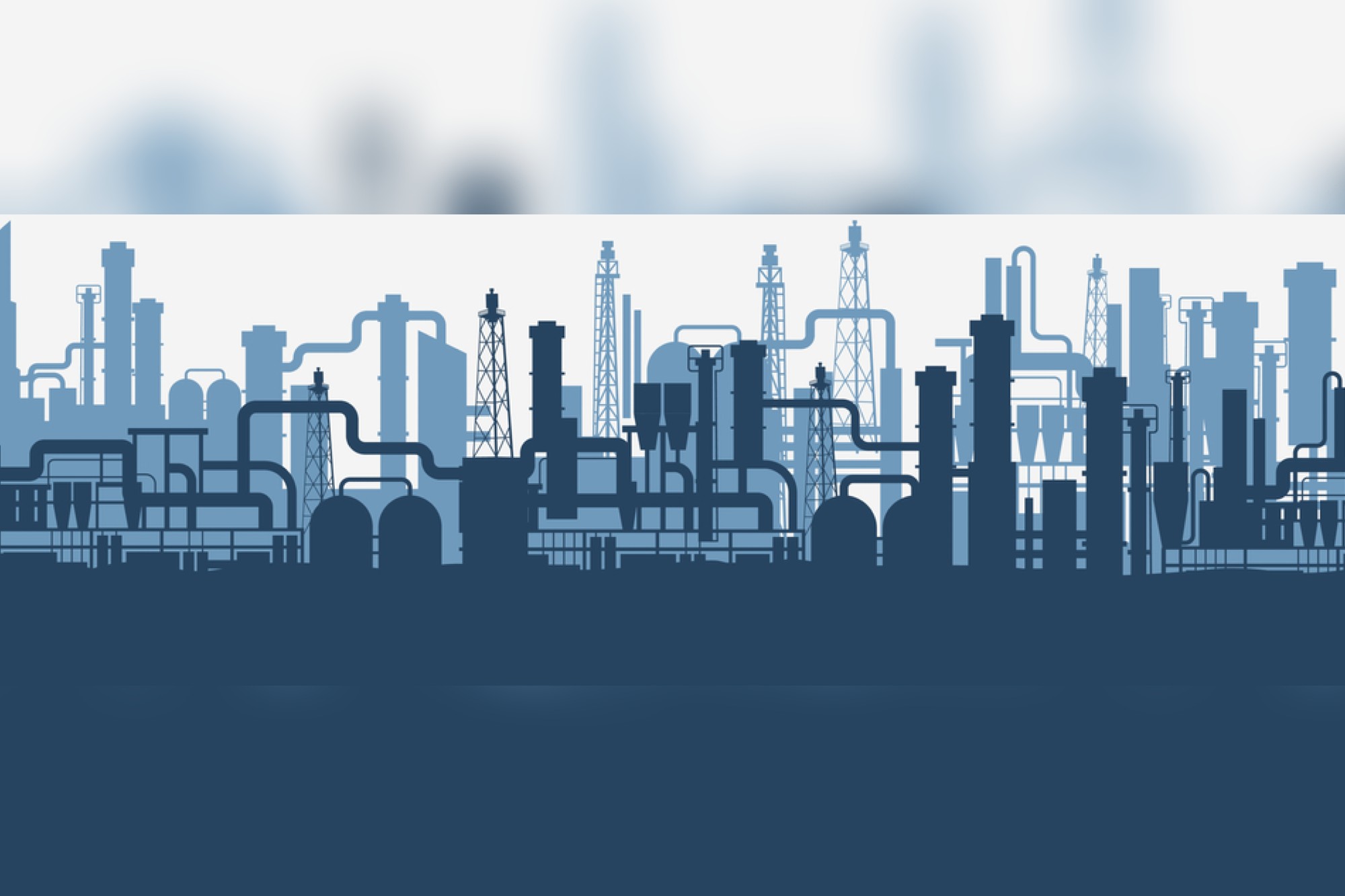The quality of the industrial floor coatings impacts maintenance cost
By Edit Team | November 9, 2020 6:06 pm SHARE

The use of high-quality industrial floor coating solutions include a considerable reduction in the cost of maintenance, especially in a harsh working environment like heavy machinery, chemical spills, excessive heat and many others says Shantal Naik, DGM – R&D, STP Limited.
What are some of the industrial environments where epoxy coatings/floor coatings can play an important role?
There has been a noticeable shift in consumer preference for enhanced products that offer superior mechanical strength, chemical resistance and superior finishing. The economic improvement in both developed and developing nations has led to an increase in demand for various advanced products and services among people, which has magnified the number of industrial establishments world over.
Some of the benefits associated with the use of high-quality industrial floor coating solutions include a considerable reduction in the cost of maintenance, especially in a harsh working environment like heavy machinery, chemical spills, excessive heat and many others. Hence epoxy-based coatings have registered notable demand over the years for use on different flooring surfaces including warehouses and manufacturing units.
The evident increase in online sales, primarily during the coronavirus pandemic with people ordering different products ranges from the comfort of their homes to avoid venturing outside, has intensified the need for warehouses at various locations. The increasing need to meet the demands of the people has driven advancements in manufacturing facilities. These factors have supported the use of epoxy as a suitable industrial flooring option.
What are some criteria that a layman can check before selecting the right epoxy coating/floor coating?
Before authorizing the epoxy flooring system contractor to start work, it is necessary for the owner or owner’s authorized representative to ensure that
- New concrete has been adequately cured for a minimum of 28 days to a minimum of 3,500 psi compressive strength and dried to maximum moisture content of 3 per cent.
- Slabs on grade have been poured over properly drained and graded fill, with an effective polyethylene vapor barrier. Puncturing of the vapor barrier shall not have been permitted. Maximum vapor transmission of 3 lbs. per 1000 sq. ft. per 24 hours shall be established by calcium chloride test.
- The use of concrete curing agents, if any, have been only as directed by the epoxy flooring system manufacturer. Use of curing compounds has been permitted only with written approval from epoxy flooring manufacturers.
- The area has adequate protection from roof leaks, and shall be protected from traffic, construction dust and debris from other trades, or any other conditions which may result in damage to epoxy flooring work in progress.
- Remove all moveable equipment and provide adequate heat, light, water source and container for refuse removal.
The flooring system contractors have to perform an inspection of actual site conditions before the start of work, to verify that the work done under other sections meets all epoxy flooring system requirements. The contractor has to examine all the areas and conditions where the epoxy flooring is to be installed and notify the owner or owner’s representative of conditions detrimental to the proper and timely completion of the work.
What are some of the necessary parameters to keep in mind to ensure the selected coating offers the optimal result under regular conditions or peak conditions?
Some basic data items that should be present on any specification sheet are physical properties; such as, density, appearance, consistency, viscosity, working life, per cent solids and shelf life information. The more details, the better as these physical properties allow for proper application planning. At a minimum, the following general performance data should be present in a coating data sheet.
Adhesion: Cross hatch for thin coatings, direct tension, and lap shear is critical for thick coatings. Adhesion is critical to the success of any coating; a coating that is unable to maintain a tight bond with the substrate stands little chance of successfully protecting that substrate. Adhesion of coatings is highly dependent on methods of surface preparation.
Dry heat resistance: The temperature at which a coating will begin to break down is defined as the dry heat resistance of the material. Exposures to temperatures above this value will cause permanent irreversible damage to the coating, eventually leading to its destruction.
Wet (Immersion) Heat resistance: Immersion heat resistance is almost always lower than dry hear resistance. When immersed in a liquid, a polymeric coating will generally experience a lower heat resistance due to increased permeation of the liquid as temperature increases. The permeation can lead to blistering, chemical attack, under coating corrosion, and other detrimental effects.
Heat distortion temperature: The heat distortion temperature of a material defines a temperature at which the material begins to soften. When a material exceeds its heat distortion temperature, it will lose most of its physical strength and will soften. The heat distortion temperature is extremely important in some situations and meaningless in others.
Abrasion resistance: Abrasion is difficult to simulate and generalize in a test due to the nature of the effect. Abrasion of a coating can occur by different means, such as fluid impingement, impact abrasion and erosion by entrained solids. Sliding abrasion is often tested by the Taber method in which abrasive wheels slide over a rotating sample for a given number of cycles. The mass loss is then determined. This method is very effective for comparing sliding abrasion of coatings. Several parameters need to be established and quoted along with the results. When using Taber abrasion for comparison of coatings, all these parameters need to be the same. The parameters are mass of weights, when used, number of cycles, and abrasive condition (wet or dry). Only when all these are the same can two test results be compared side by side.
Accelerated weathering: This is testing for discolouration, loss of gloss, blistering, flaking, rusting, or other breakdown when exposed to harsh environments. This test can be performed in a test chamber designed to simulate such environments or in outdoor exposures.
Cookie Consent
We use cookies to personalize your experience. By continuing to visit this website you agree to our Terms & Conditions, Privacy Policy and Cookie Policy.




































-20240213125207.png)

























